#south lanarkshire
Photo

Good Morning from Scotland
Looking out from Strathaven at the sunrise over Tinto Hill and the Southern Uplands
📸ewancameron.photo.film on Instagram
42 notes
·
View notes
Text

Mist, snow and the setting sun, Devonburn, near to Brocketsbrae, South Lanarkshire
2 notes
·
View notes
Text
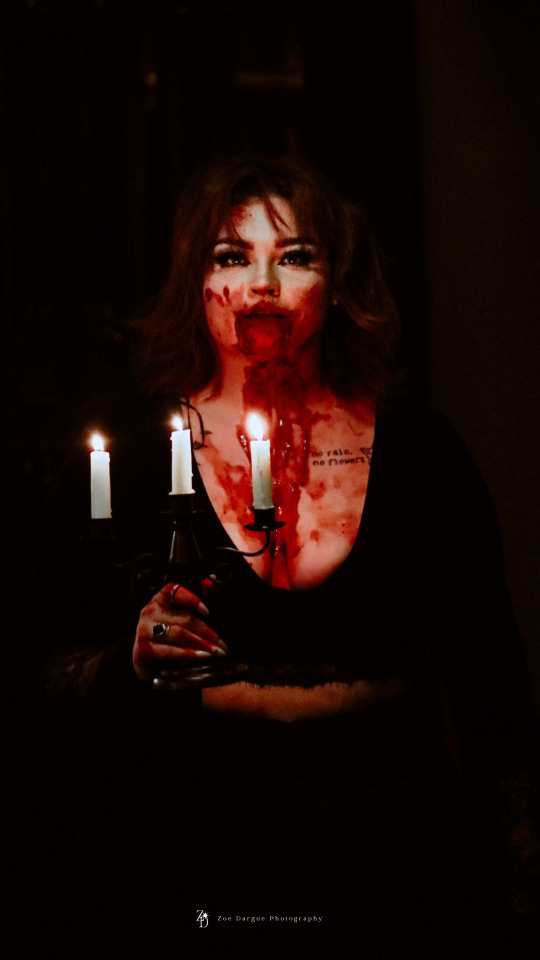








#Aesthetic#photography#photographer#vibe#indie#undiscovered#scottish#female#women#LGBTQIA+#model#modelling#models#portrait#portraits#lanarkshire#south lanarkshire#near#me
3 notes
·
View notes
Text

Springtime comes to Clydesdale
2 notes
·
View notes
Text
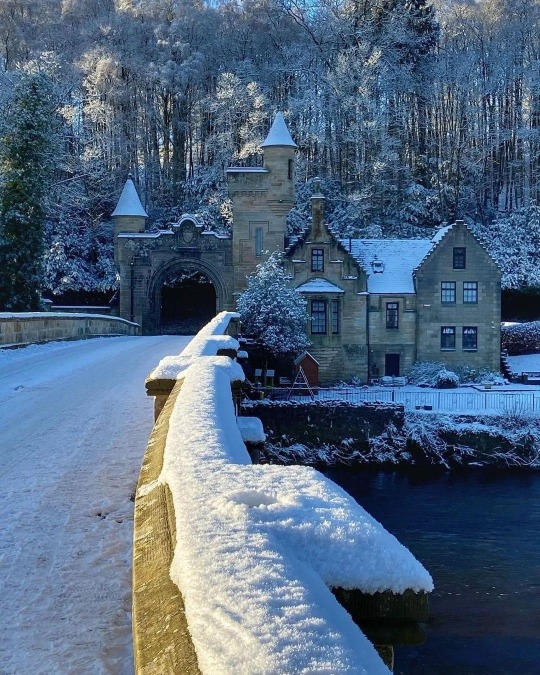
3 notes
·
View notes
Photo

Craignethan Castle is a ruined castle in South Lanarkshire, Scotland. It is located above the River Nethan, a tributary of the River Clyde, at NS816464. The castle is two miles west of the village of Crossford, and 4.5 miles north-west of Lanark.
Built in the first half of the 16th century, Craignethan is recognised as an excellent early example of a sophisticated artillery fortification, although its defences were never fully tested.
1 note
·
View note
Photo
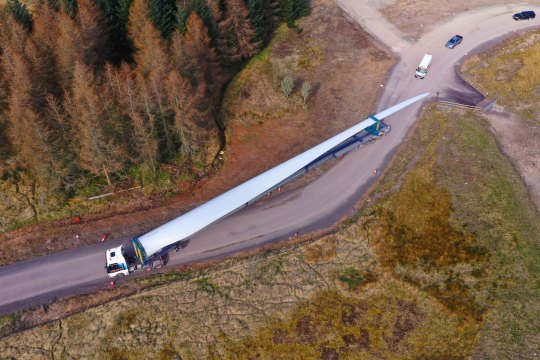
Adding another wind farm to our Renewables Portfolio, we complete the delivery of 13 Nordex Group N133 turbines to Kennoxhead Wind Farm in South Lanarkshire, Scotland.
Read the full story here - https://collett.co.uk/index.php/our-story/news/266-kennoxhead
#Kennoxhead#Wind Farm#Renewable Energy#renewable power#renew#wind energy#Scotland#Heavy Transport#Transport#Logistics#South Lanarkshire#Nordex
0 notes
Text
Kitchen Wrap Install Scottish Border

To install kitchen wrap, also known as a kitchen backsplash or kitchen wallpaper, follow these general steps:
Prepare the surface: Ensure the wall is clean, dry, and free from any dirt, grease, or debris. If needed, wash the wall with a mild soap and water solution and let it dry completely.
Measure and cut: Measure the area where you want to install the kitchen wrap. Use a tape measure to determine the dimensions and mark them on the back of the kitchen wrap. Use a sharp utility knife or scissors to cut the wrap according to your measurements. Leave a slight overlap on each side for a seamless appearance.
Apply adhesive: If the kitchen wrap you're using requires adhesive, apply it according to the manufacturer's instructions. Typically, you'll spread the adhesive on the wall using a trowel or a roller. Make sure to cover the entire area where the wrap will be installed.
Install the wrap: Carefully position the kitchen wrap onto the wall, starting from one corner or edge. Smooth it down gently, using a squeegee or a clean cloth to remove any air bubbles or wrinkles. Continue applying the wrap, working from the top to the bottom and from one side to the other.
Trim and finish: Once the kitchen wrap is fully installed, trim any excess material using a utility knife or scissors. Pay attention to corners, outlets, and switches, and cut the wrap to fit around them neatly. Smooth down the edges and ensure everything is securely in place.
Clean and maintain: After installation, clean the kitchen wrap according to the manufacturer's instructions. Typically, a mild soap and water solution can be used, but avoid using abrasive cleaners or scrubbing vigorously. Regularly wipe down the wrap to keep it looking fresh.
Note: The specific instructions may vary depending on the type and brand of kitchen wrap you're using. Always refer to the manufacturer's instructions for the best results and follow any additional steps or precautions they recommend.
If you have any further questions or need more specific guidance, please let me know!
#kitchen wraps inverclyde#kitchen wrapper south ayrshire#kitchen wapping falkirk#kitchen wrap install renfrewshire#kitchen wrap install lanarkshire
0 notes
Photo

We realize how inconvenient gas repairs, upgrades, and installations can be. Our team of Gas Engineer And Plumber South Lanarkshire aims to minimize the disruption to your property by working efficiently, safely, and tidily. That includes laminate covers to guard your property as well as a full clean-up after work is completed. Your home is left accurately as we found it, so you get can back to normality as soon as possible.
0 notes
Text
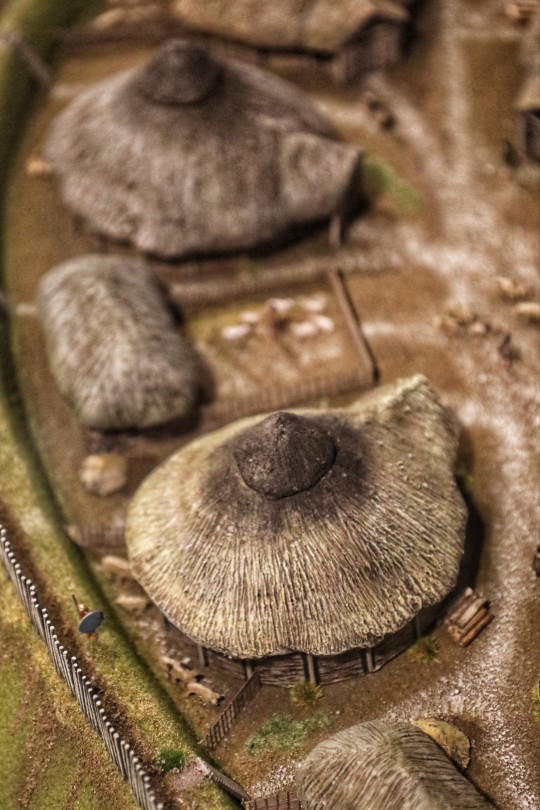


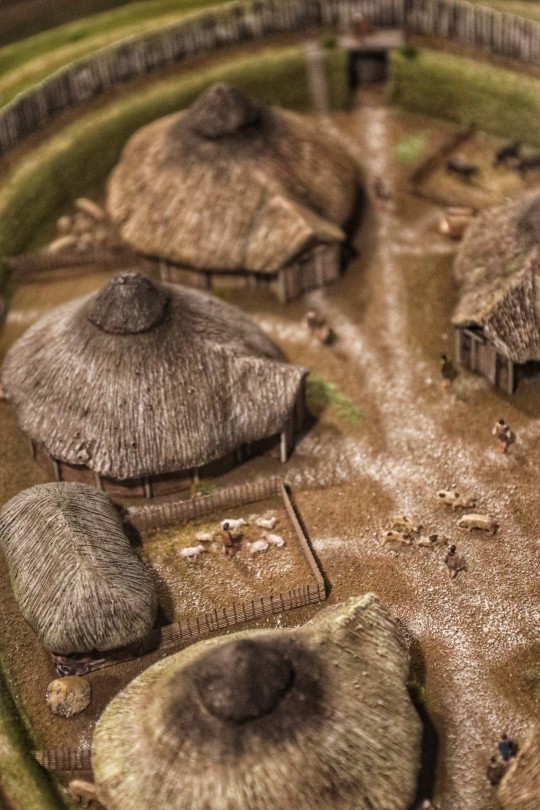
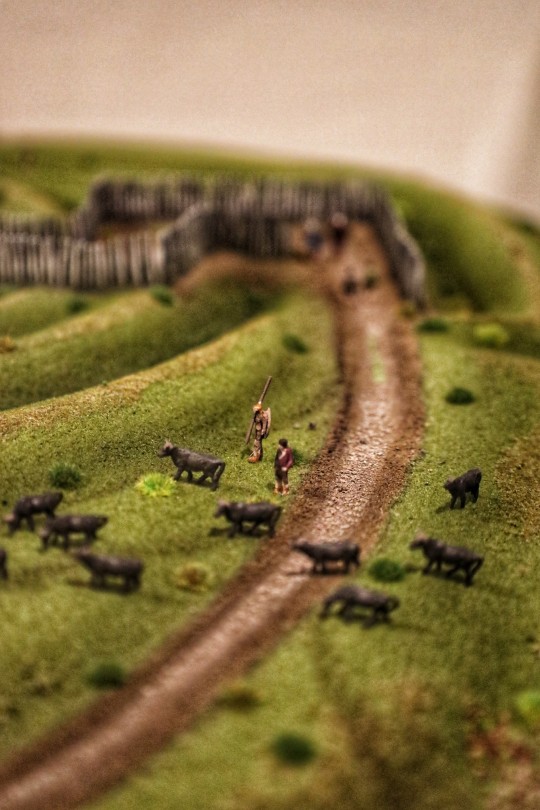

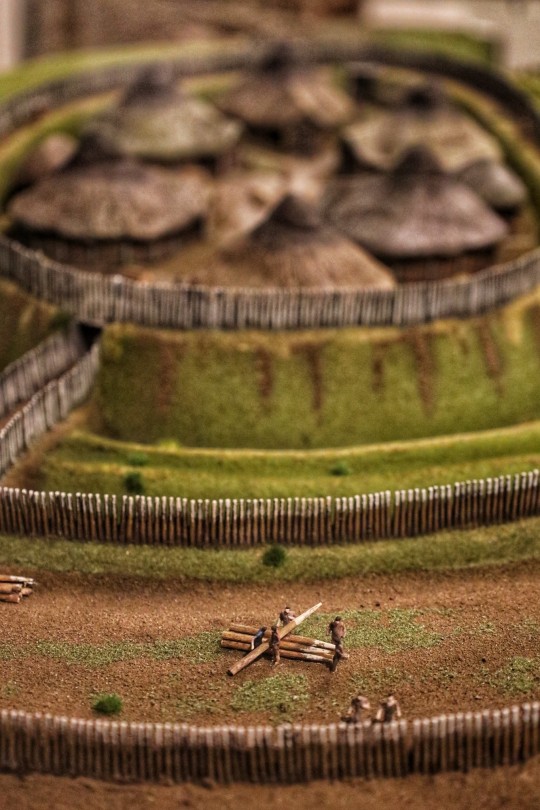
Scale Model of an Iron Age Hillfort, Biggar Museum, Biggar, South Lanarkshire, Scotland
#ice age#stone age#bronze age#copper age#iron age#neolithic#mesolithic#calcholithic#paleolithic#prehistoric#prehistory#hillfort#settlement#roundhouse#enclosure#farmstead#ancient culture#ancient living#ancient craft#scale model#archaeology#landscape#ancient scotland#palisade#vallum#rampart
462 notes
·
View notes
Text

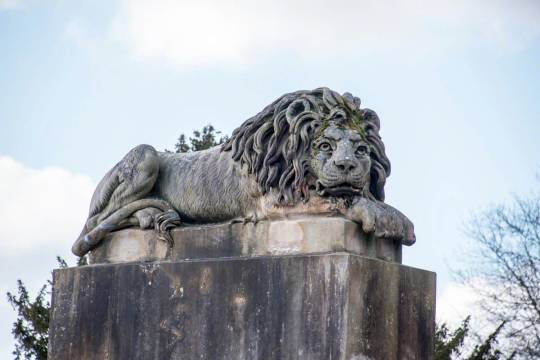
Hamilton Mausoleum
Alexander Handyside Ritchie (1804–1870) and John Steell (1804–1891) and David Bryce (1803–1876)
Mausoleum Drive, Hamilton, South Lanarkshire
34 notes
·
View notes
Text
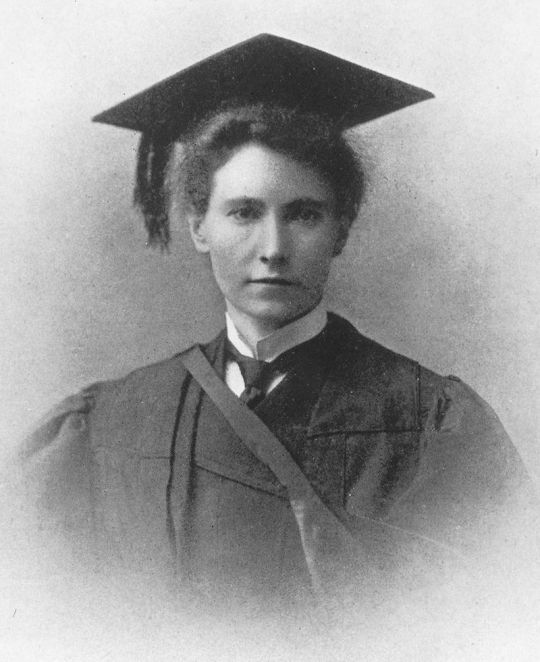
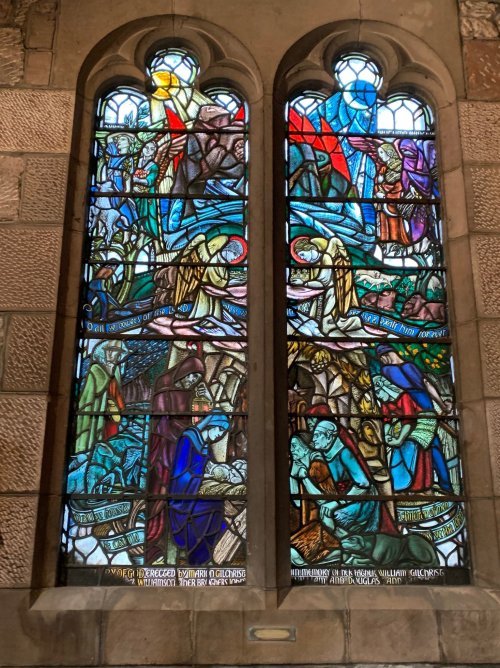
Marion Gilchrist was born on February 5th 1864 she became the first female graduate of the University of Glasgow and one of the first two women to qualify in medicine from a Scottish university.
Born at Bothwell Park farm, South Lanarkshire to Margaret and William Gilchrist a prosperous tenant farmer, she had four older siblings; three brothers, John, William and Douglas, and one sister, Agnes. Her brother Douglas became was a well known agriculturalist.
Marion’s earlier education was at the local parish church when she was around 7 years old. She met with some challenges where her father and brother Douglas thought it pointless that she studied academic subjects however her brother John encouraged her and she attended the local primary school the Hamilton Academy before entering Glasgow University.
In 1887 she matriculated as an Arts student at Queen Margaret College in Glasgow. She completed her course in 1889 and enrolled along with thirteen other women in the newly opened medical school. She graduated in July 1894, the first woman graduate of the University of Glasgow.
She went into general practice developing an interest in diseases of the eye. The death of her father in 1903 allowed her to set up in practice at 5 Buckingham Terrace where she was to remain for the rest of her life. Financially and professionally independent, she became openly politically active. During 1903 she joined the Glasgow and West of Scotland Association for Women’s Suffrage. She did not take part in militant action, preferring to devote her voluntary energies to medical charities. In 1914 she was appointed assistant surgeon for diseases of the eye at the Victoria Infirmary. She resigned in 1930 as she found it difficult to combine the position with that of ophthalmic surgeon at Redlands Hospital for Women to which she had been appointed in 1927.
She was a prominent member of the British Medical Association and the first woman chairman of the Glasgow division. She had a fierce sense of duty which she expected others to share. When a newly qualified woman doctor was visiting her during the Second World War and the air-raid warning sounded, she told her young colleague that she must return at once to her hospital on the other side of Glasgow even though bombs were falling outside.
Gilchrist was an early motoring enthusiast and her garage and chauffeur’s house were situated in Ashton Lane, in premises which are now Bar Brel.
Marion Gilchrist’s achievements were honoured when her home town of Bothwell named Gilchrist memorial garden in her honour. The University of Glasgow named the Postgraduate Club after her. In 1932, a gift of £1,500 was used to endow a bed at Redlands Women’s hospital for the treatment of eye diseases which was also named in recognition of her.
The Gilchrist Window in the north transept of Bothwell Parish Church in her was created with funds she donated in 1936. The inscription below the window reads, “To the Glory of God. Erected by Marion Gilchrist in memory of her father William Gilchrist and her mother Margaret Williamson, her brothers, John William and Douglas, and her sister Agnes.”
The Marion Gilchrist Prize was established in 1952 from Marion Gilchrist’s bequest and is awarded annually by the University of Glasgow to “the most distinguished woman graduate in Medicine of the year.”
Gilchrist never married. She died at her home on 7th September 1952 aged 88.
32 notes
·
View notes
Text









#Aesthetic#photography#photographer#vibe#indie#undiscovered#scottish#female#women#LGBTQIA+#model#modelling#models#portrait#portraits#lanarkshire#south lanarkshire#near#me
4 notes
·
View notes
Text

1 note
·
View note
Text
A man has been found guilty of the 2005 murder of Emma Caldwell after a trial that raised significant questions about the police investigation of the unsolved murder and the key suspect over almost 20 years, as well as attitudes to reports of violence against sex workers.
Iain Packer, 51, was sentenced to at least 36 years in prison for Caldwell’s murder and was found guilty of 32 other charges against a total of 22 women that amounted to a horrifying course of unchecked physical and sexual violence over two decades. The offences included 11 rapes and multiple sexual assaults.
Sentencing Packer to the second-longest term in Scottish legal history, the judge, Lord Beckett, said the killer was responsible for an “extreme campaign of sexual violence”, preying on the vulnerable and causing “extreme and enduring suffering for so many women and their families”.
Immediately after the verdicts, the Police Scotland assistant chief constable Bex Smith, who is the executive lead for major crime and public protection, apologised directly to Caldwell, her family and “many other victims”, saying they were all “let down by policing in 2005”.
Caldwell was living in a hostel in Glasgow when she disappeared in April 2005, aged 27. Her naked body was found five weeks later in Limefield Woods near Biggar, South Lanarkshire.
Her mother told the trial that Caldwell had started taking heroin to numb her grief over the death of her older sister. She had been making money through sex work at the time of her death. The court heard from a friend of Caldwell’s that Packer had become “obsessed” with her, following her and attempting to scare away her other clients.
Although a rape allegation was first made against Packer in 1990, the prosecutor advocate depute, Richard Goddard KC, told the jury that at that time police were “dismissive” of reports made by sex workers. He said it was a “tragedy” that sex workers felt forced to accept sexual assault as “part and parcel of their job”.
Another witness said Packer chose girls who were “young, vulnerable and on drugs”. Many of the women who gave witness statements were sex workers at the time and some have since died.
Packer – who denied all charges apart from one of a prior indecent assault against Caldwell, for which he admitted he was “ashamed” – gave evidence at the trial over three days, insisting he had not killed Caldwell and that the other women accusing him were either mistaken or liars.
He admitted taking sex workers to the woods where Caldwell’s body was found – but not to the same spot where she was found. Asked where he was on the night Caldwell disappeared, Packer told the court he could have been at work or walking his dogs.
The court had heard earlier from a forensic expert that soil found in his van was a 97% match for earth at the spot where Caldwell was dumped.
Information about the police investigation that came to light during the trial raised significant questions about why it took so long to bring Packer to justice. He gave six statements to police between 2005 and 2007, but was not interviewed under caution as a suspect.
A decade later, concerns about the unsolved case were such that in 2015 the lord advocate ordered Police Scotland to re-investigate not only who killed Caldwell, but flaws in the original inquiry.
The original police investigation was focused on four Turkish men, who were charged with Caldwell’s murder in August 2007, but that case collapsed and the men were released.
Smith made it plain that Strathclyde police, the force that first investigated Caldwell’s murder before Scottish forces were merged into one force in 2013, had failed Packer’s victims.
“A significant number of women and girls who showed remarkable courage to speak up at that time also did not get the justice and support they needed and deserved from Strathclyde police,” she said.
“It is clear that further investigations should have been carried out into Emma’s murder following the initial inquiry in 2005. The lack of investigation until 2015 caused unnecessary distress to her family and all those women who had come forward to report sexual violence.”
Caldwell’s mother, Margaret, who has campaigned tenaciously for justice for her daughter, said she felt “betrayed” by the original police investigation and “angry” that it had taken so long for Packer to be brought to justice.
Her solicitor, Aamer Anwar, called for an inquiry into police failings, saying: “A toxic culture of misogyny and corruption meant the police failed so many women and girls who came forward to speak up against Packer.
“Instead of receiving justice and compassion, they were humiliated, dismissed and in some instances arrested, whilst the police gifted freedom to an evil predator to rape and rape again.”
21 notes
·
View notes